Track lighting makes inspiring worlds of commerce come to life
Track lighting has long been used as a creative tool to compose an attractive, exciting and inviting environment in all types of merchandising spaces. These spaces can range from department stores, supermarkets, designer outlets, specialty shops, clothing and jewelry stores to commercial showrooms and exhibition spaces for automobiles, furniture, consumer electronics and appliances. In the world of merchandising, appearance is everything. Visual appearance of a product or a space lies upon the characteristics of the lighting applied. Lighting for retail environments and commercial showrooms should not be considered just a functional necessity, it also undertakes the task to provide visual communication between the vendor and the consumer.
Retail and showroom lighting is a complex work of art
Retail and showroom lighting is about reinforcing positive emotions and creating engaging experiences. Beyond an intricate architectural space and interior decor, lighting is the single most important design element that rounds out a presentation concept and conveys a brand’s values and aspirations. Effective, well-designed lighting can pull consumers into the merchandising arena, evoke feelings associated with the brand itself, influence consumer behavior, trigger impulses to buy, and leave a positive impression that lasts. Merchandise lighting must fulfill the function of attracting customers with drama, showcasing products creatively to boost their appeal, aiding in evaluation of merchandise, and enhancing the feel and look of a space. For lighting to speak to these goals, various types of light—general (also called ambient), task and accent—are layered together within a merchandising space.
Retail lighting must be adaptive
The ever-changing nature of retail business and hyper-competitive commercial environment impose a high expectation on lighting. Track lighting addresses the demand for a highly flexible and dynamic lighting solution. It is capable of delivering ambient, accent, task, and wall wash lighting that adjusts to varying store layouts and room concepts. The trend towards flexible store concepts calls for a lighting solution that meets up with the need for a flexible, complete, future-proof lighting scheme. Lighting must be flexible enough to adapt to changing product ranges and campaign offers, react to the latest retail design trends and shifting consumer behaviors, and cater to the specific lighting preferences associated with a brand architecture. Excellent rotation and tilt adjustability as well as movable installation lends track lighting to creating dynamics in constantly changing commercial environments.
Accent lighting
Track lighting is vital to accentuation of merchandise, which creates a focal point and brings out the best of a product. Accent lighting is the most important component of a layered lighting design in merchandising lighting applications. It establishes the importance, enhances the prominence and elevates the attributes of merchandise through the use of luminance contrast. Accent lighting aims concentrated beams of light at the center of the attraction to create a strong focal effect and heighten levels of attention. A 5:1 ratio of accent lighting to general illumination makes merchandise stand out and draws out the shape, texture, finish and color of merchandise. Strong contrasts, such as a 15:1 or 30:1 illuminance ratio, are used to bring out detail in dark merchandise or to create sparkle in jewelry and crystal. In addition to reinforcing design aesthetics and revealing the true character and quality of merchandise, the luminance contrast also creates a hierarchy of importance on the merchandising arena or selling floor.
Mechanical and electrical configuration
A commercial track lighting system consists of two parts: the track system and the luminaires (track heads). The mechanical and electrical configurations of the track system are among the most important factors that have to be taken into consideration when evaluating a track lighting system. A track or rail is designed to support track luminaires and allows them to be selectively moved and or oriented for the best possible illumination angles. It also accepts power from an external AC power source or low voltage power supply and delivers power to the track heads. It is common to see line voltage tracks because they’re capable of deliver long runs necessary for commercial applications.
Track systems come in one-circuit or multi-circuit configurations. The use of multi-circuit track eliminates the need for long, separate fed runs and permits individual circuit control with switches, dimmers or timers. Maximum power rating for a typical 120V track is 2400 watts per circuit. A two-circuit track can power twice as many fixtures as a one-circuit track for the same length. However, this power handling capacity is only available when two 20 Amp feeds of the two-circuit track (sharing a neutral) are on different phases. If both circuits are on the same phase, the common neutral two-circuit track allows for only 20 amp service. The use of independent neutrals gives a two-circuit track twice the power handling capacity of ordinary common neutral track. It also eliminates cross-circuit interference and neutral harmonics that can cause unwanted interaction between dimmers.
Track construction
Tracks are made of extruded aluminum and include raceways that allow the line voltage conductors and data lines to run through. The live circuit and neutral conductors are typically made of 12-gauge solid copper with firmly crimped thermoplastic insulation. A complete selection of push-in connectors allows tracks to be joined together with ease to make continuous straight or custom runs. To ensure safe operation polarity of the entire run must be maintained and the track system has a grounding capability. Tracks can be surface mounted, suspended on stems or threaded rods, or recessed into the ceiling.
Track heads
Track heads can be positioned at any point on a linear electrified track through the use of an adapter that is designed to be compatible with a specific type of track systems (e.g. the H-, L- or J-track systems). Every luminaire comes with a track adapter that attaches the luminaire to the track for electrical connection and mechanical securement. LED track luminaires fall in two categories: lamp-based luminaires and integrated luminaires. Lamp-based LED luminaires by their very nature are assemblies of lamp holders and LED lamps, which essentially carry the forms and light distribution patterns of traditional lighting systems. These luminaires use directional LED lamps such as MR16, AR111, PAR16, PAR20, PAR30, PAR38, BR20, BR30, and BR40 lamps to provide lighting in a predetermined beam angle and lumen package. The light fixture is basically a holder that houses the light source, accepts accessories to the lamp, and provides aiming adjustability. A lamp-based LED luminaire that use low voltage light sources, such as a multifaceted reflector (MR) lamp, comes with an additional transformer that reduces a line voltage to the an operational voltage.
Lamp-based LED lighting
Lamp-based LED luminaires, despite their ability to outperform traditional halogen, metal halide and fluorescent fixtures in terms of efficacy and lifetime, are systems with an outdated design. LED lamps are retrofit devices designed to match the shapes and sizes of conventional lamps. The space constraint of conventional lamps poses challenges to build full-featured or high-performing electrical and thermal systems into the retrofit devices. There’s also a cost constraint. Conventional lamps are commodity products, this means their successors have to survive on a tight budget. As a result, retrofit LED lamps are typically compromised in performance and reliability. LEDs are complex devices capable of delivering significantly high performance and reliability than all the conventional lamps only when their main components, especially the driver circuit and thermal management system, are adequately designed to support the failure free operation of the LEDs. The operational characteristics of LEDs impose a systems approach to luminaire design.
Integrated track lights
An integrated LED luminaire is constructed with a dedicated light engine which is built to unlock the full potential of the light source. An LED light engine for use in track luminaires is an integrated assembly of LED modules and a heat sink. It also allows package-level or board-level integration of secondary optics. The light engine can be an independent light assembly or can be the entire track head when the luminaire implements a fixture-as-heat-sink design. The objectives of integrated design are to provide the LEDs with sufficient cooling capacity, to regulate luminous flux from the light source in a more efficient way, and to free the design of driver and control circuitry from space constraints. An integrated LED track luminaire features a die cast aluminum construction which is intended to increase the total surface area for heat dissipation. With a thermal path along which the thermal resistance of all the components is reduced to a minimum, the heat generated within the semiconductor package is efficiently dissipated to the surrounding air. Proper thermal management is essential to color stability and lumen stability of LEDs.
Optical design
Through the use of precision engineered package- or board-level optics, virtually every lumen produced by the LED source can be extracted and delivered precisely where it is needed. Integrated LED luminaires come with a suite of light distribution options range from spot accentuation through wide beam floodlighting to axially symmetric beams and asymmetrical wall washing beams. Total internal reflection (TIR) optics, which capitalize on characteristics unique to LEDs, are commonly used in track spots to create clean, tight, high CBCP beams with FWHM divergence as small as 3 degrees. Punchy beams and high efficiency optical regulation can be achieved with faceted reflectors. Tight, clean, unstriated beams allow accent lighting to accomplish it ultimate goal of creating visual excitement and heightening drama. When homogeneous illumination is demanded for task lighting, general lighting and wall washing, the polymer lenses and metallized reflectors can be sculpted to create smooth, well-defined beams with high uniformity of light distribution. Optical design for directional luminaires also include considerations for glare control, which is typically accomplished through source regression, and the use of hoods and louvers.
Color reproduction
Color is a powerful merchandising and branding tool. Merchandise must be illuminated with a light source that renders all colors in a natural and pleasant manner and can create positive impression about merchandise. The color characteristics of a light source depend on the amount of energy emitted at each wavelength of the visible radiation spectrum. To bring out rich colors and stunning whites in products on display, the spectral power distribution (SPD) of a light source must be balanced in exact proportions to ensure an adequate amount of spectral content is distributed in every wavelength. White LEDs are most commonly blue-pump devices. High color rendering can be achieved with these light sources when the make-up of their phosphor down-converter is optimized for broad spectrum photoluminescence. To create a highly balanced spectrum, some products take advantage of violet-pump LEDs which use violet LED chips to pump a system of red, green and blue phosphors. The color render index (CRI) of light sources for retail accent lighting applications is often greater than 90.
Color temperature
Chromaticity (color appearance of light) is also dictated by the spectral composition. The selection of correlated color temperature (CCT), which defines the apparent color of light on a scale of warmer to cooler color, should support the respective design goal of each applications. CCTs are available in many standard color options, including 2700K, 3000K, 3500K, 4000K, and 5000K. Factors that come into play for choosing light source CCTs include the visual perception of the merchandise, and the emotional, physiological and psychological effects on human body. Color consistency is another dimension of consideration with regard to chromaticity. Consistency in the appearance of light (from luminaire to luminaire and within the beam of light) is critical to success of any lighting installation. An efficient chromaticity binning strategy of the LEDs must be implemented to keep color variations under tight control.
Driver and control circuitry
The driver and control circuitry of an integrated LED track head is either built into the luminaire or housed in a dedicated gear box. The configuration and electrical performances of LED driver circuits determines, exclusively or largely, the most crucial parameters of an LED luminaire such as lifespan, efficiency, harmonic distortions, dimming range and flickering. An AC-DC LED driver typically provides full-wave rectification, power factor correction (PFC), switching regulation, and executes sub-tasks sequentially or in parallel for tight regulation and control on the current output provided to the LED load. The LED load of track luminaires is typically dimmed through constant current reduction (CCR), and the driver may be designed to work with phase control dimmers.
Track systems that are static or non-addressable systems do not allow selective control of luminaires mounted on a circuit. This means all luminaires on the same circuit respond to control signals in the same fashion. Individual control of an addressable track head or a group of luminaires is accomplished by incorporating data lines or building wireless connectivity into the luminaires. These addressable track systems can be controlled through a wire protocol such as DALI or DMX, or a wireless protocol such as ZigBee, Z-Wave or Bluetooth.

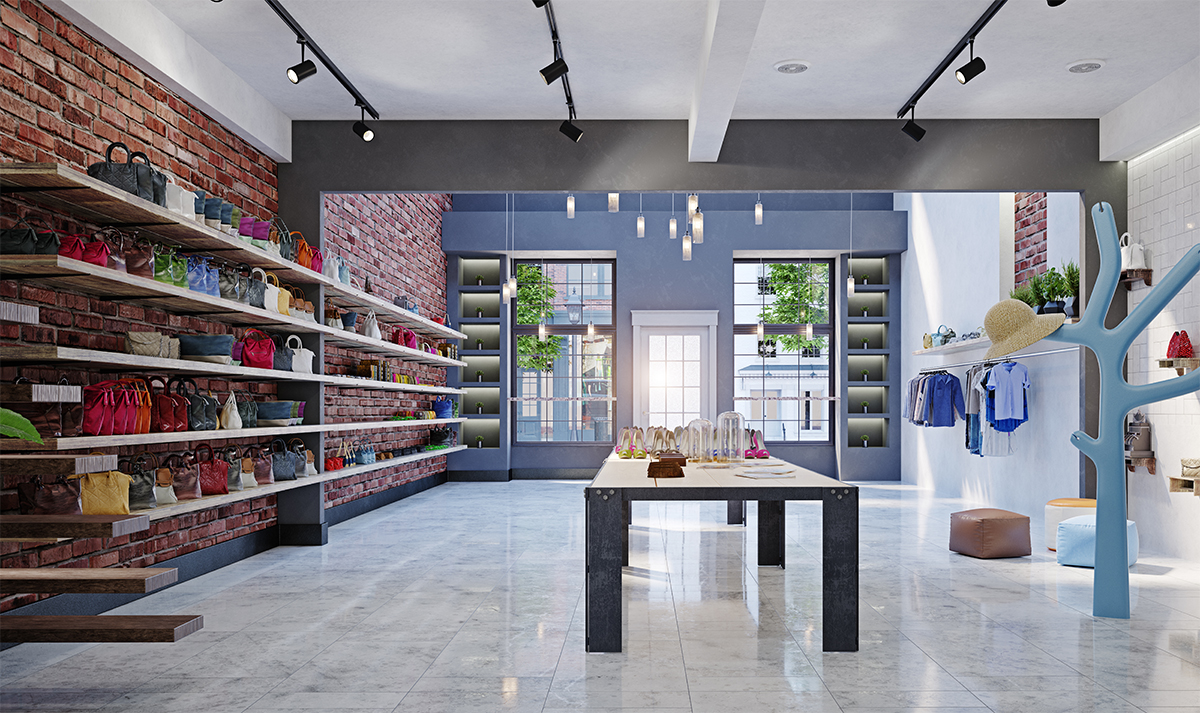
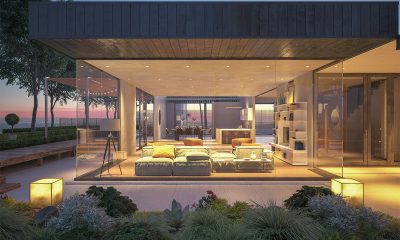
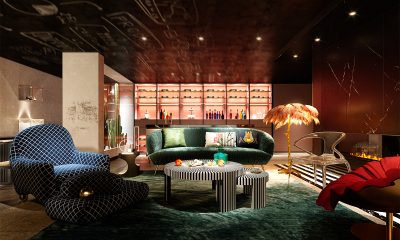


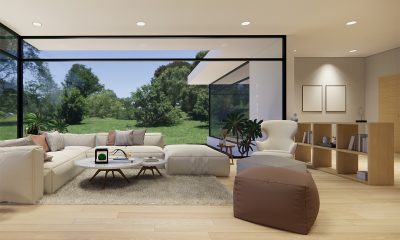
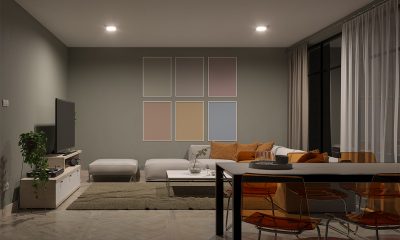
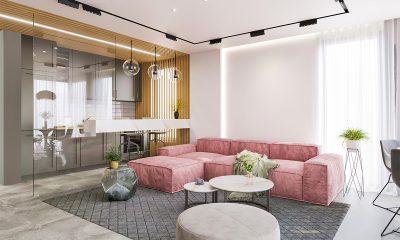
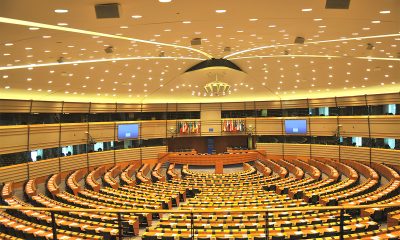
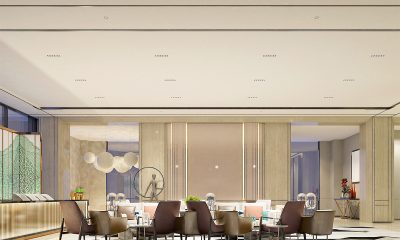

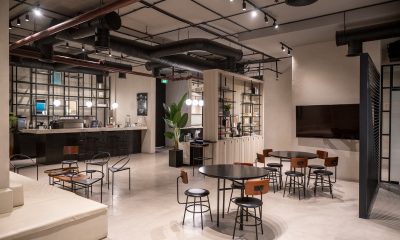
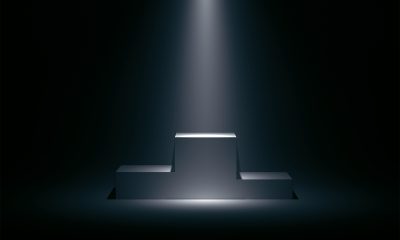





Loading...
New member
New member